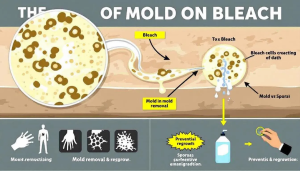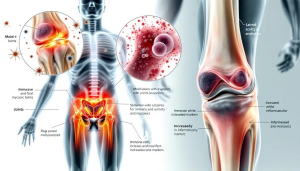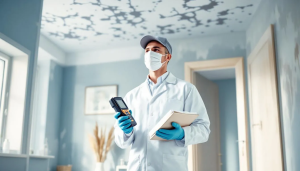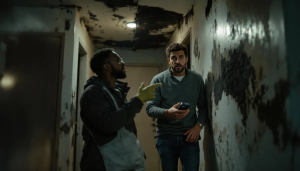As a tenant, you have the right to request a mold inspection if you suspect mold in your rental unit. This article guides you on how to submit a tenant request for a mold inspection, what to expect during the process, and the responsibilities of both tenants and landlords. Ensuring a mold-free living environment is crucial for your health and well-being, so don’t hesitate to make a tenant request: mold inspection is an important step.
Key Takeaways
Tenants have the right to request mold inspections, and landlords are obligated to address reported mold issues promptly to ensure a safe living environment.
Tenants can proactively request mold inspections if they suspect mold growth, highlighting the importance of timely inspections for health and safety.
Proper mold remediation involves professional inspection, including a thorough visual examination to detect mold presence and severity, thorough cleaning, and preventative measures to avoid future mold growth, including addressing moisture sources immediately.
Understanding Your Rights as a Tenant Regarding Mold Inspections
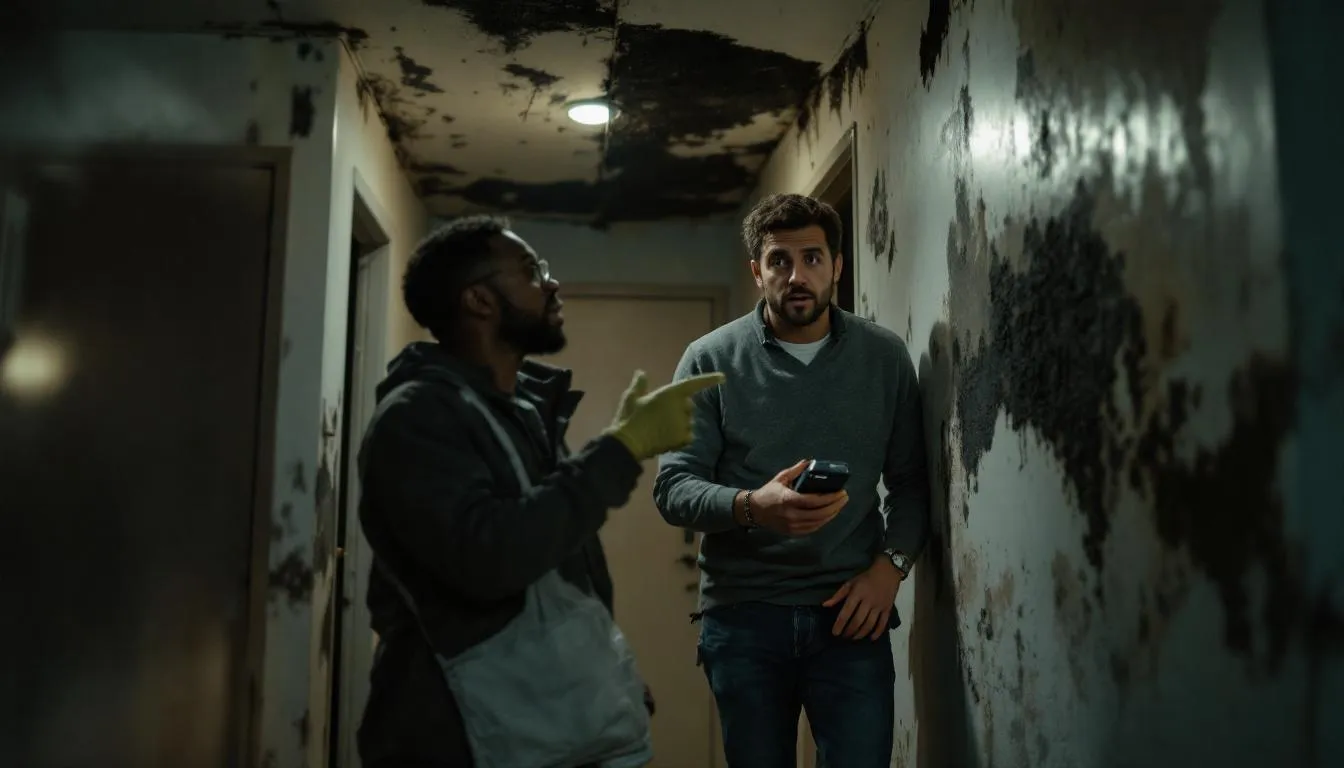
Tenants have the right to request a professional mold inspection if mold growth is suspected in their rental unit. A mold-free environment is a right that safeguards your health and well-being. Mold exposure can lead to severe health issues, and thus, you are entitled to a safe and habitable rental property.
In some states, landlords are required to disclose any known mold issues to potential tenants before signing a lease. This transparency is essential for making informed decisions about your living conditions. Visible mold signs or symptoms of exposure justify requesting a mold inspection.
Communicating effectively and documenting properly are key when dealing with mold issues. Always maintain a log of all communications with your landlord regarding mold-related concerns. This documentation can be invaluable if you need to seek legal recourse or if disputes arise regarding the presence of mold.
Steps to Request a Mold Inspection in Rental Properties

Requesting a free mold inspection in rental properties is a straightforward yet essential process to ensure a healthy living environment. As a tenant, if you suspect mold growth, the first step is to notify your landlord promptly. Open and timely communication sets the stage for a cooperative approach to solving the issue.
Being informed about the mold inspection process can help you prepare and communicate effectively with your landlord. Knowing what to expect during the inspection can also alleviate any concerns you might have. It’s crucial to clarify all steps involved, from the initial inspection to potential remediation. Understanding these procedures helps you advocate for thorough inspections and timely solutions.
Notifying Your Landlord About Suspected Mold Growth
Notify your landlord immediately upon suspecting indoor mold growth in your rental unit. This not only ensures your safety but also sets the legal process in motion. Mold grows quickly in damp environments, so prompt reporting and action are essential to prevent further spread and damage. Effective communication involves promptly reporting mold issues and maintaining an open dialogue with your landlord.
When notifying your landlord about suspected mold growth, follow these steps:
Clearly and specifically communicate your concerns.
Describe the location and extent of the suspected mold growth.
Request a professional mold inspection.
Provide photographic evidence of visible mold to strengthen your case and prompt swift action from your landlord.
Remember, landlords are typically responsible to act in a timely manner upon receiving such reports to prevent mold from spreading and causing further damage.
What to Expect During a Professional Mold Inspection
During a professional mold inspection, you can expect the inspector to conduct a thorough mold assessment of the property. This typically includes taking air samples to determine the presence and concentration of mold spores in the air. Most inspections last about 1 to 2 hours, allowing the inspector to meticulously check common mold-prone areas such as bathrooms, behind washing units, and under carpets.
Professional mold inspectors use specialized tools to detect hidden moisture that might not be visible to the naked eye. These tools can include moisture meters and thermal imaging cameras, which help identify hidden moisture sources that could contribute to mold growth. A visual examination is a fundamental part of the inspection, where the inspector carefully checks for visible signs of mold and potential sources of moisture. A professional mold inspector can provide valuable insights during this process.
Understanding what to expect ensures that the visual inspection is thorough and addresses all potential mold issues.
Documenting Mold Concerns and Communication
Documenting all mold-related concerns and communications with your landlord is crucial. Keep a detailed log of all interactions, including dates, times, and the nature of the communication regarding mold complaints. This documentation can serve as evidence if you need to escalate the issue or seek legal disputes.
Maintaining thorough records protects your rights and ensures prompt and effective addressing of all mold issues.
Interpreting Mold Inspection Results and Taking Action
After a professional mold inspection in rental properties, you’ll receive a comprehensive report detailing the findings. This report is your roadmap to understanding the extent of mold growth, the specific areas affected, the type of mold present, and the underlying causes contributing to the mold problem. Carefully reviewing this information is essential for both tenants and landlords to make informed decisions about next steps.
Landlord Responsibilities and Legal Obligations
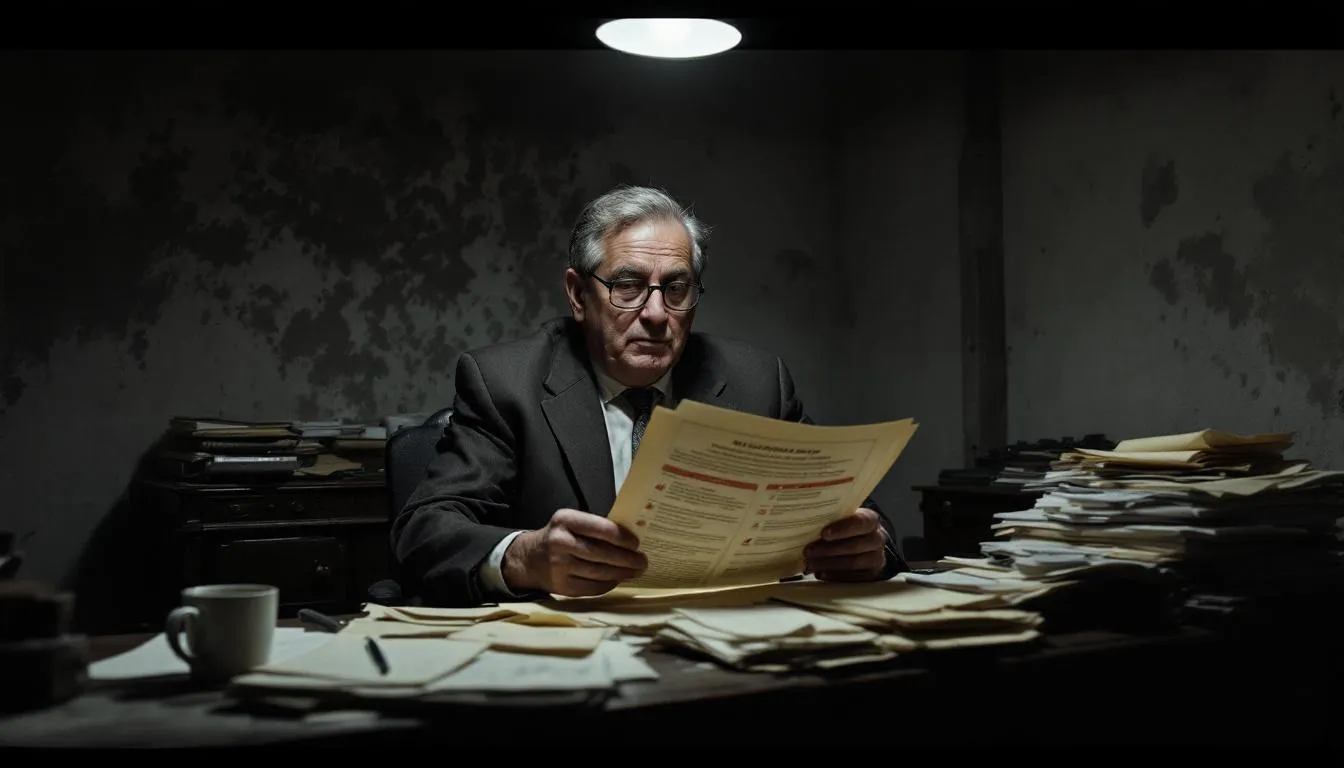
Landlords have legal obligations to maintain rental properties and address mold growth to ensure the property is safe for tenants. The ‘implied warranty of habitability’ requires landlords to address mold issues promptly, regardless of whether they are mentioned in the lease. This means that landlords are responsible for taking action as soon as mold problems are reported, ensuring the rental unit remains habitable.
Local laws regarding mold remediation and tenant rights can vary, so landlords must be aware of specific regulations in their area. Landlords must:
Take tenants’ requests for mold inspections seriously and respond in a timely manner
Typically cover the cost of these inspections to ensure proper identification and addressing of mold issues.
If a landlord refuses to address a tenant’s request for a mold inspection or remediation, tenants should be aware of their legal rights. In such cases, tenants may need to consult local authorities or seek legal advice to understand their options and ensure their health and safety are protected.
When Landlords Must Act on Mold Issues
Landlords are required to act on mold issues when there are signs of moisture or visible mold growth in the rental property. To address mold problems effectively:
Conduct annual mold inspections to proactively prevent mold problems from escalating.
Document visible signs of mold.
Include photographic evidence when notifying your landlord.
This supports your request for an inspection and ensures the landlord takes the issue seriously.
If tenants report water damage or water leaks or plumbing leaks, landlords must hire professionals to investigate and repair the problem promptly. Unchecked mold can cause structural damage to the property, leading to costly repairs and potential health hazards for tenants safe, including issues related to leaky roofs.
Promptly addressing mold issues is both a legal obligation and a practical measure to ensure that a mold issue is held responsible and addressed promptly to maintain property integrity and occupant health.
Potential Consequences for Landlords Ignoring Mold Problems
Ignoring mold problems can lead to serious legal and health repercussions for landlords:
Landlords who fail to address mold issues may face legal consequences, including fines and potential lawsuits from tenants.
Mold exposure can lead to severe health conditions. Tenants may seek compensation for medical expenses, relocation costs, and emotional distress if a landlord fails to address mold issues and health problems result.
Tenants might hold landlords accountable for any health-related damages.
Landlords must hire a professional mold remediation company and take immediate corrective actions upon detecting mold. Failure to do so can result in extensive property damage and increased professional mold remediation services costs.
Additionally, landlords who neglect mold issues risk losing their reputation and facing difficulties in attracting potential tenants, which is a clear example of how landlord fails can impact their success.
Health Risks Associated with Mold Exposure

Mold exposure poses significant health risks, particularly affecting the respiratory system and presenting potential health risks. Common health issues associated with mold exposure include respiratory problems such as coughing, nasal congestion, and asthma exacerbation. Individuals with existing respiratory conditions or weakened immune systems are at a higher risk of developing severe health problems due to mold exposure.
Black mold, in particular, is known to cause severe allergic reactions and respiratory issues. Ignoring tenant health complaints related to mold can make landlords liable for health-related damages. It’s essential to address mold concerns promptly to safeguard the health and well-being of all occupants in the rental property.
Hiring a Certified Mold Inspector
A certified mold inspector is crucial for effectively addressing mold issues. When choosing certified mold inspectors, ensure the following:
They have local certifications.
They have a reputation for thorough inspections and customer service.
You inquire about their qualifications, training, and experience before hiring. These steps help ensure they are capable of conducting a comprehensive assessment.
The cost of a mold inspection can range between $250 to $1100, depending on the size of the property and the extent of the mold problem. Be cautious of companies offering free mold inspections, as they often require you to use their services for remediation if mold is found. Hiring a certified inspector ensures that the inspection is thorough and unbiased.
Mold Remediation Process
The mold remediation process includes the following steps:
Identifying and assessing the extent of the mold problem.
Containing the affected area to prevent the spread of mold spores during cleanup.
Hard surfaces should be scrubbed with detergent and dried thoroughly to remove mold. Porous materials like carpets or ceiling tiles may need to be discarded if they are moldy, as cleaning may not remove all mold spores.
After cleanup, repairing any water damage and ensuring the area remains dry is essential to prevent mold reoccurrence and mold cleanup.
Preventative Measures to Avoid Mold Growth in Rentals
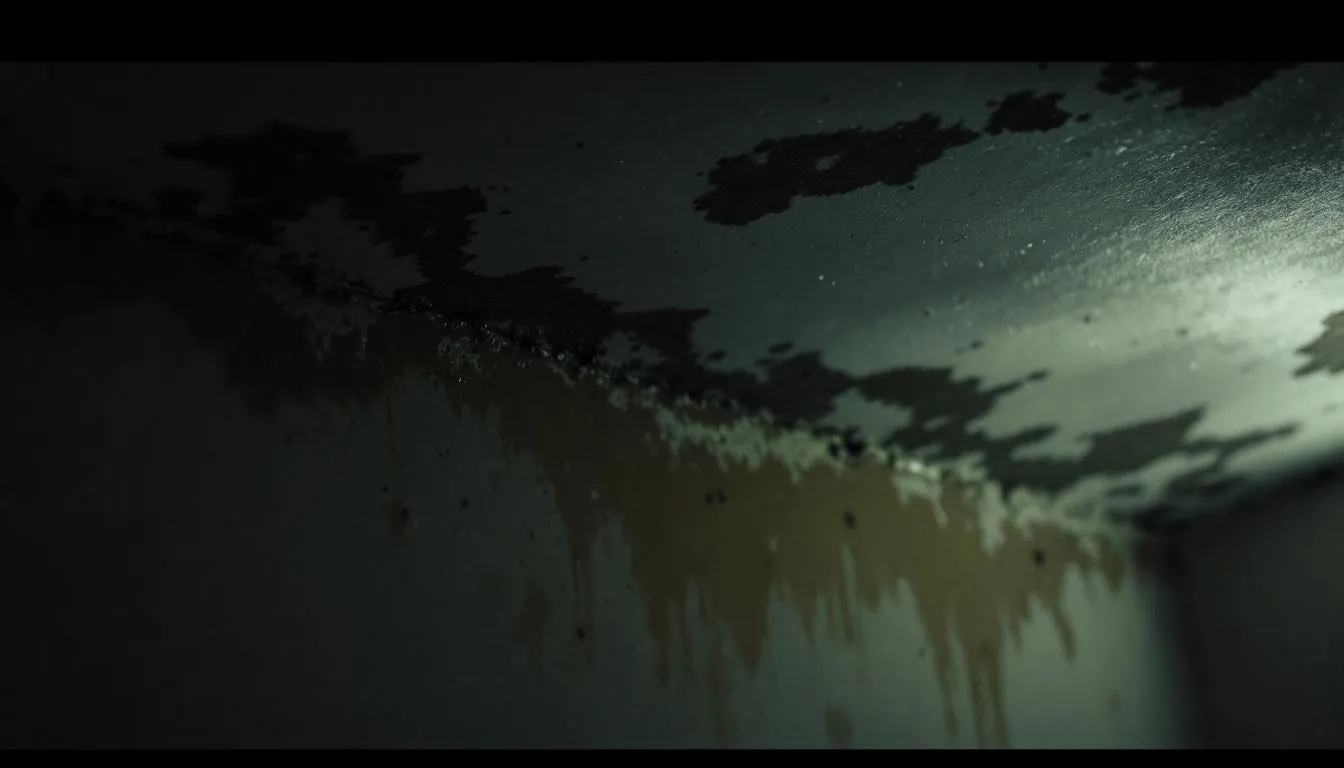
Preventing mold growth in rental properties involves addressing moisture problems promptly. Fixing leaks immediately and using a dehumidifier can help control moisture levels. Ensuring proper ventilation, especially in areas prone to moisture, is key to prevent mold growth. Poor ventilation is a common cause of increased humidity and mold growth in rental properties.
To prevent mold from establishing:
Keep humidity levels low, ideally between 30% and 60%, to deter mold thrives.
Conduct regular inspections of the property to identify potential moisture issues before they lead to mold and ensure proper air circulation.
Use exhaust fans in kitchens and bathrooms to control moisture and improve airflow.
Add mold inhibitors to paint.
Promptly clean up spills or flooding for effective mold prevention.
Summary
Understanding your rights as a tenant and the responsibilities of landlords regarding mold issues is crucial for maintaining a safe living environment. By following the steps to request a mold inspection and taking preventative measures, you can protect your health and ensure your rental property remains habitable. Always communicate effectively with your landlord and document any mold concerns to safeguard your rights and well-being.
Frequently Asked Questions
What should I do if I suspect mold growth in my rental unit?
If you suspect mold growth in your rental unit, notify your landlord immediately and request a professional mold inspection, providing photographic evidence to support your concerns. This ensures a timely and effective response to the issue.
How long does a professional mold inspection typically take?
A professional mold inspection typically takes about 1 to 2 hours, ensuring a comprehensive evaluation of the property.
What are the common health issues associated with mold exposure?
Mold exposure commonly causes respiratory issues like coughing, nasal congestion, and can worsen asthma, particularly for those with weakened immune systems who are more susceptible to severe health effects.
Are landlords responsible for paying for mold inspections?
Landlords are typically responsible for covering the cost of professional mold inspections to ensure proper identification and resolution of mold issues. This responsibility helps maintain safe living conditions for tenants.
What preventative measures can I take to avoid mold growth in my rental property?
To effectively prevent mold growth in your rental property, fix leaks immediately, use a dehumidifier, ensure proper ventilation, and keep humidity levels low. Promptly clean up any spills or flooding to further safeguard against mold establishment.

